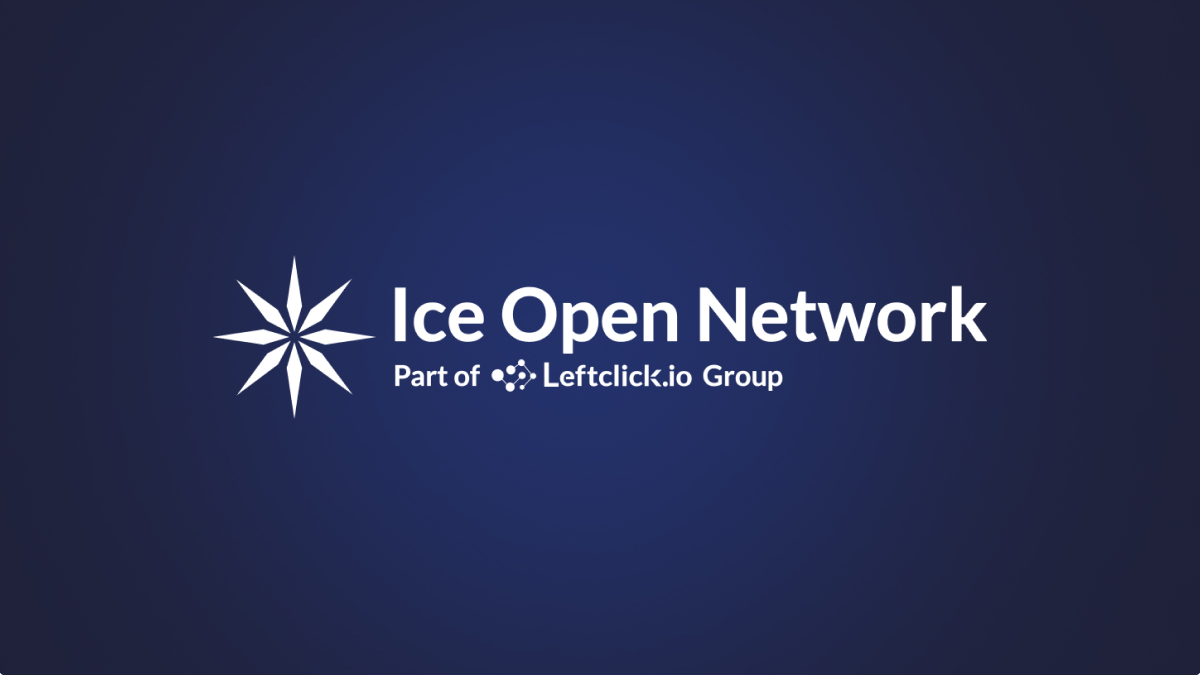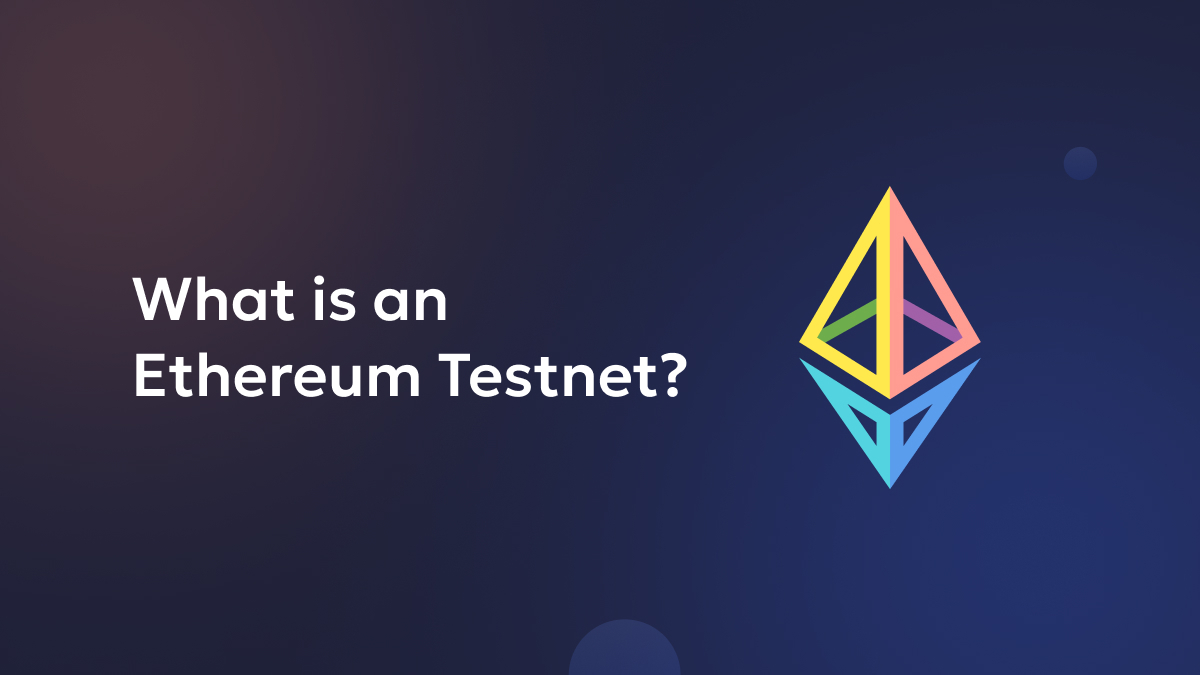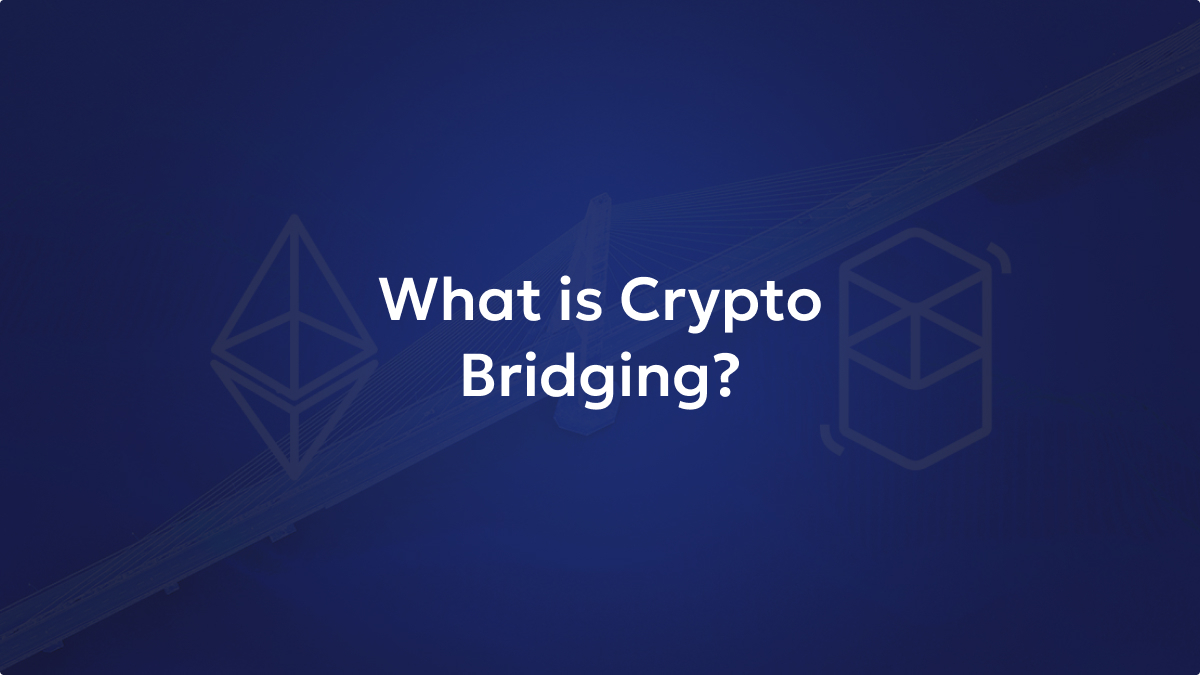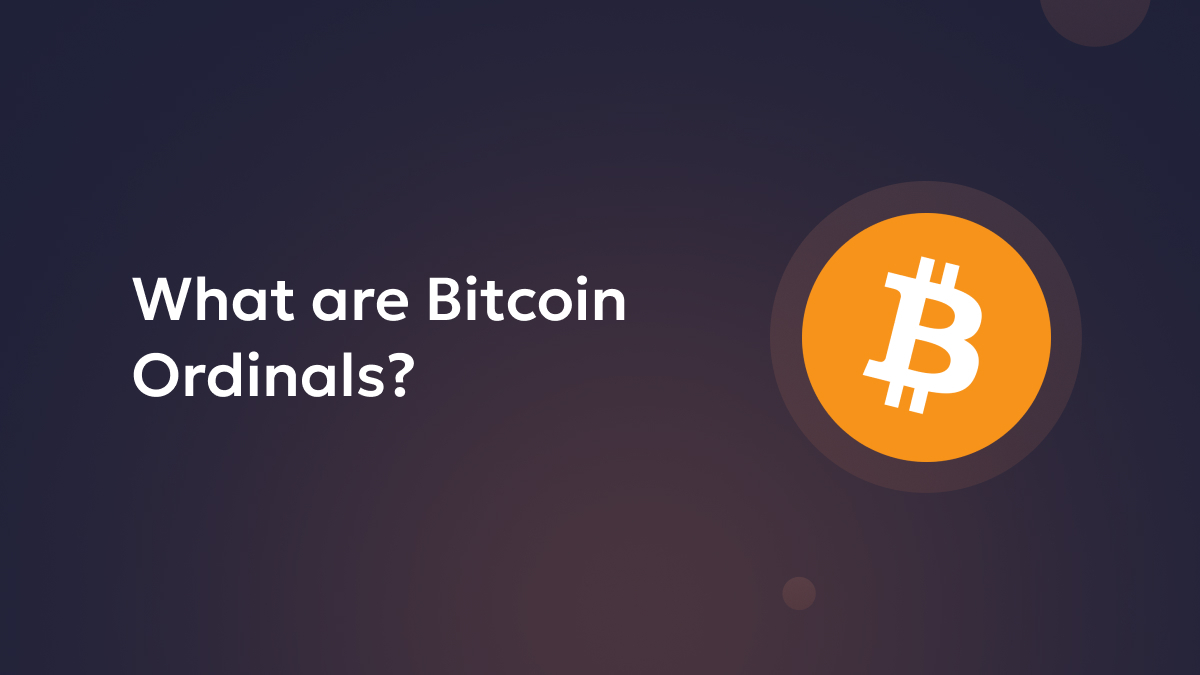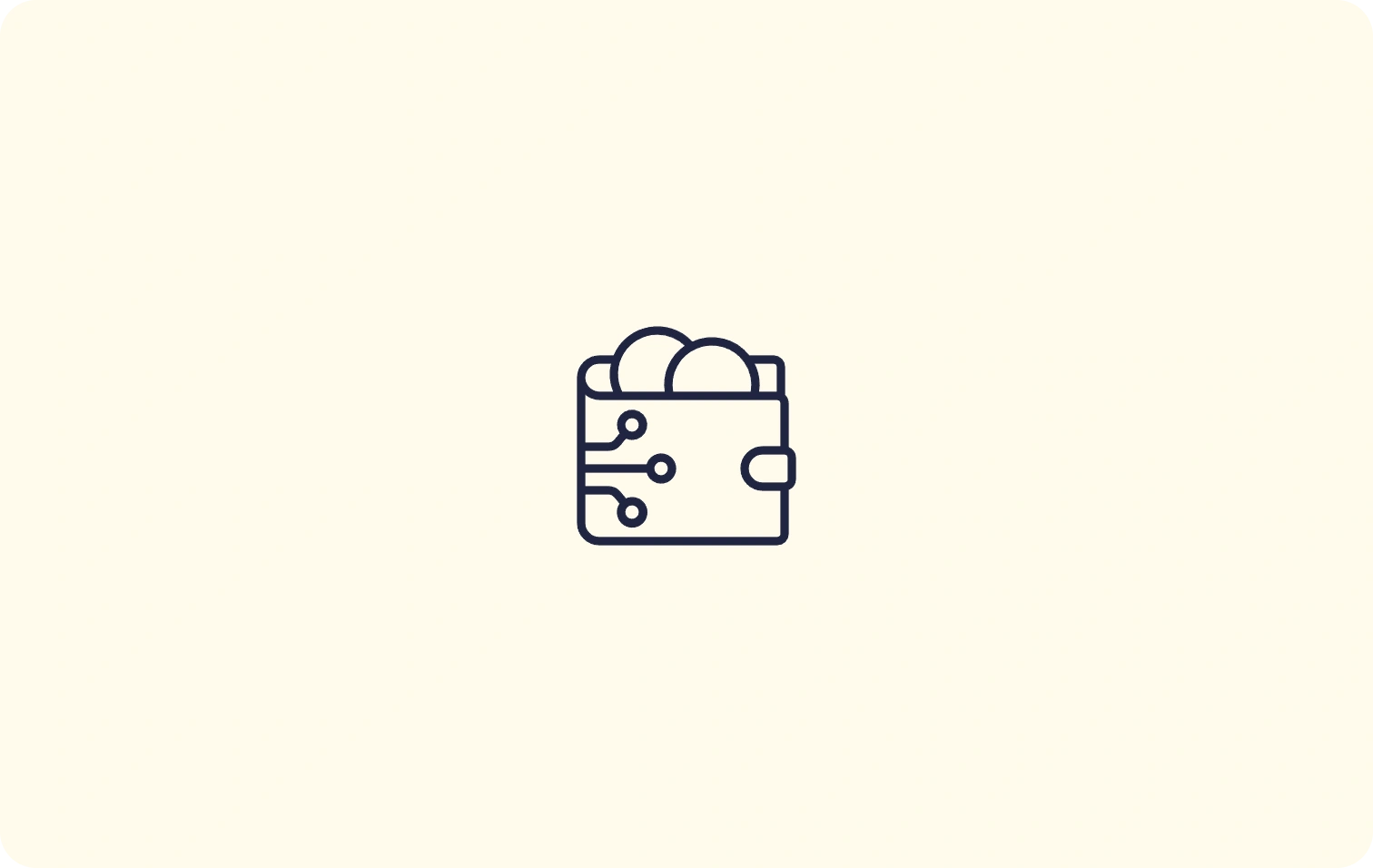In the ever-evolving landscape of blockchain technology and cryptocurrency, interoperability has emerged as a critical challenge. As various blockchain networks continue to develop independently, the need for seamless communication and asset transfer between these ecosystems has become increasingly apparent. Enter Wormhole, a revolutionary cross-chain blockchain protocol that aims to bridge this gap and usher in a new era of interconnected blockchain ecosystems.
What Is Wormhole in Crypto?
Wormhole is a sophisticated protocol designed to facilitate the seamless transfer of crypto assets and data across multiple blockchain networks. At its core, Wormhole utilizes a proof-of-transfer mechanism to ensure the security and reliability of cross-chain transfers. This innovative approach allows for the movement of assets and information without compromising the integrity or security of the involved blockchains.
The primary goal of Wormhole is to address two fundamental issues that have long plagued the Web3 space:
- Interoperability: Wormhole enables smart contracts and decentralized applications (dApps) from different blockchains to communicate with each other using a message-passing protocol. This breakthrough allows for unprecedented levels of collaboration and integration between previously isolated blockchain ecosystems.
- Token Transferability: By introducing a trustless, permissionless solution for transferring tokens across layer-one (L1) blockchains, Wormhole eliminates the need for centralized exchanges in cross-chain transactions. This not only enhances security but also promotes a more decentralized and efficient crypto ecosystem.
How Does Wormhole Work?
The inner workings of Wormhole are both elegant and complex. At a high level, Wormhole connects blockchain networks by “wrapping” data into messages from the source blockchain and emitting them to the destination blockchain. This process is governed by a network of 19 validators, ensuring the integrity and security of each transaction.
The step-by-step process of a Wormhole transaction is as follows:
- Initiation: The process begins when an emitter (usually a user or a smart contract) deposits data into Wormhole’s smart contract on a supporting blockchain.
- Wrapping and Transmission: The deposited data is then wrapped into a standardized format and sent to the destination blockchain in real-time.
- Reception: The wrapped message is received on the destination chain, where it is unwrapped and restored to its original form.
- Retrieval: Finally, the user or receiving smart contract can retrieve the original data from the smart contract on the destination blockchain.
A key component of Wormhole’s security model is its consensus mechanism. Messages passing through Wormhole are deemed valid if 13 out of the 19 Guardian nodes sign the same message, creating what are known as Verified Action Approvals (VAAs). This supermajority consensus ensures that no single node or small group of nodes can compromise the integrity of the system.
Once VAAs are created, a network of Relayers is responsible for delivering them to their destination protocols. This two-step process of validation and delivery ensures both the security and efficiency of cross-chain communications.
Wormhole Tokenomics and Key Features
Like many blockchain protocols, Wormhole has its own native token, denoted as $W. The tokenomics of Wormhole are designed to incentivize participation and ensure the long-term sustainability of the protocol. Key points of the $W token include:
- Maximum Supply: The total supply of $W tokens is capped at 10 billion.
- Vesting Schedule: 82% of the token supply is subject to a 4-year vesting schedule, promoting long-term commitment and preventing sudden market flooding.
- Token Standards: $W will be available as both ERC-20 (on Ethereum) and SPL (on Solana) tokens, leveraging Wormhole’s own Native Token Transfer framework for cross-chain compatibility.
Beyond its native token, Wormhole boasts several key features that set it apart in the blockchain interoperability space:
- Multi-Chain Support: Wormhole facilitates seamless transfers of value and information across 17 high-value chains, including Ethereum, Solana, Binance Smart Chain, and more. This wide-ranging support makes Wormhole one of the most versatile cross-chain solutions available.
- Diverse Applications: The protocol enables a variety of cross-chain applications, including decentralized exchanges, governance mechanisms, and gaming applications. This versatility opens up new possibilities for developers and users alike.
- Robust Security: Wormhole employs multiple layers of security, including continuous audits by leading blockchain security firms and a generous bug bounty program. These measures help ensure the integrity and reliability of the protocol.
- Wormhole Gateway: This Cosmos-SDK chain serves as a bridge for non-native assets into the Cosmos ecosystem, further expanding Wormhole’s reach and utility.
- Wormhole Queries: This feature provides on-demand access to guardian-attested on-chain data, enabling real-time verification and enhancing the trustlessness of cross-chain interactions.
- Wormhole Connect: A React widget that simplifies the integration of Wormhole-powered bridges into web applications, making it easier for developers to leverage Wormhole’s capabilities.
Impact and Adoption
The impact of Wormhole on the blockchain ecosystem has been significant and far-reaching. To date, the protocol has processed over $40 billion worth of value transfers across its supported blockchains. Moreover, it has facilitated the sending of over 1 billion messages, demonstrating its robust capacity for cross-chain communication.
Wormhole’s influence extends beyond mere transaction volumes. The protocol now supports more than 30 blockchains, creating a vast network of interconnected ecosystems. This expansive reach has fostered a thriving ecosystem of over 200 applications built using Wormhole’s technology, spanning various sectors of the blockchain industry.
The Future of Wormhole and Cross-Chain Interoperability
As the blockchain space continues to evolve, the role of cross-chain protocols like Wormhole is likely to become increasingly crucial. The ability to seamlessly transfer assets and information across different blockchain networks opens up new possibilities for decentralized finance (DeFi), non-fungible tokens (NFTs), decentralized autonomous organizations (DAOs), and countless other blockchain applications.
Moreover, as the concept of a multi-chain future gains traction, protocols like Wormhole will play a pivotal role in ensuring that different blockchain ecosystems can interact and collaborate effectively. This interoperability is not just a technical achievement but a fundamental shift in how we conceive of blockchain technology – moving from isolated, competing networks to a rich tapestry of interconnected ecosystems.
Challenges and Considerations
Despite its promising features and growing adoption, Wormhole, like any blockchain protocol, faces certain challenges and considerations:
- Security: As a bridge between multiple high-value chains, Wormhole presents an attractive target for potential attackers. Continued vigilance and ongoing security enhancements will be crucial to maintain user trust.
- Scalability: As adoption grows, ensuring that the protocol can handle increasing transaction volumes without compromising on speed or security will be a key focus.
- Regulatory Landscape: The cross-chain nature of Wormhole may present unique regulatory challenges, particularly as governments worldwide grapple with how to approach cryptocurrency regulation.
- User Education: The concept of cross-chain interactions can be complex for average users to grasp. Continued efforts in user education and interface simplification will be essential for widespread adoption.
Conclusion
Wormhole represents a significant leap forward in blockchain interoperability. By enabling seamless cross-chain asset transfers and communication, it addresses some of the most pressing challenges in the cryptocurrency space. As the blockchain ecosystem continues to expand and diversify, protocols like Wormhole will play an increasingly vital role in shaping a more connected, efficient, and user-friendly crypto future. With its robust feature set, strong security measures, and growing ecosystem of applications, Wormhole is well-positioned to be at the forefront of this cross-chain revolution.


